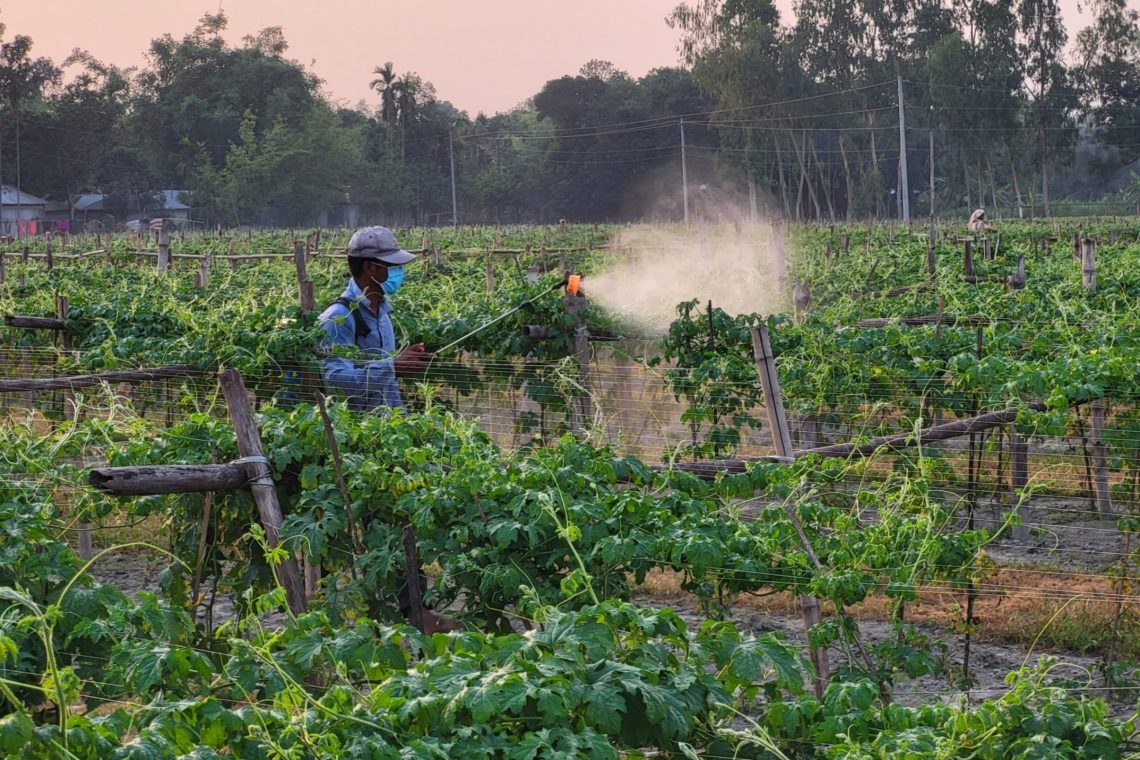Fruits and vegetables are often sprayed with fungicides to keep mold at bay. However, new research suggests one of these chemicals could be quietly harming insects that are critical to healthy ecosystems and could lead to an insect apocalypse.
According to a study from Macquarie University, one of the world’s most widely used fungicides, chlorothalonil, drastically reduces insect fertility. It does so even at the lowest levels commonly found on produce.
During testing and research, scientists exposed fruit flies to real-world doses of the chemical and found that their egg production dropped by over a third. The effect wasn’t something that happened slowly over time, either. Instead, it was immediate and significant, the statement says, affecting both male and female fertility. And this isn’t an effect like when researchers got fruit flies hooked on cocaine, either. This is actually life threatening for the population.
And while that might sound useful, especially considering how annoying fruit flies can be when they settle down a plant in your home, it’s a big deal for more than just flies. Insects like bees, flies, and other pollinators are crucial for growing the food we eat. If their populations decline, it could disrupt pollination and harm crops in the long run. This study is just the latest in a growing list of research documenting steep drops in insect populations around the world, which some scientists have heralded as an impending insect apocalypse.
What’s especially concerning is that this fungicide isn’t just used when there’s a risk of infection. It’s often applied preventatively, when no disease is present in the crops. While it’s true that chlorothalonil is banned in the European Union, it remains widely used in places like Australia, where it’s applied to everything from vineyards to farms that harvest berries.
Despite its popularity, chlorothalonil hasn’t been studied under the microscope all that much. Fewer than 25 published studies have explored its impact on insects, so this new study could be a massive piece of a case against the future usage of this chemical. This also points to a major gap in how we evaluate the environmental effects of common pesticides we rely on.
The researchers behind the study suggest rethinking how often chlorothalonil is applied. By spacing out treatments, farmers could give insect populations time to recover between sprays. While not the best outcome by any means, it would at least mitigate some of the damage we’re doing to the insect populations, though how long it will take for them to recover between sprays would need to be determined, too.
The post Common farm chemicals may be heralding an ‘insect apocalypse’ appeared first on BGR.




